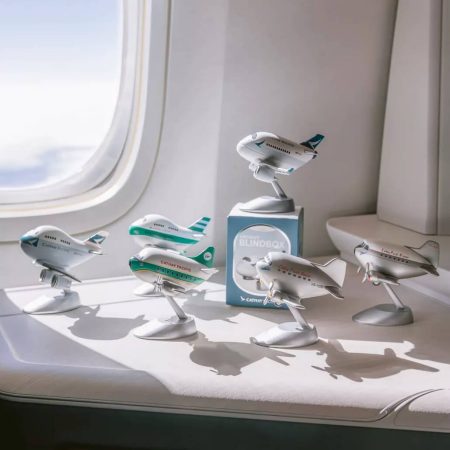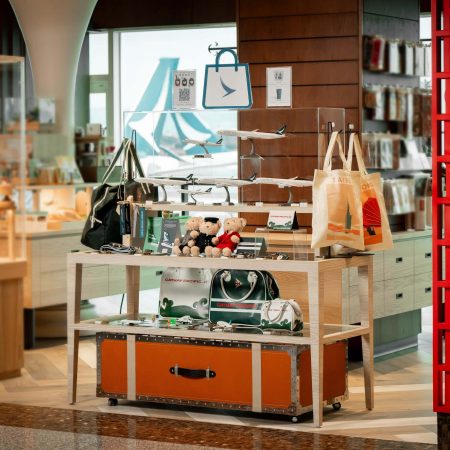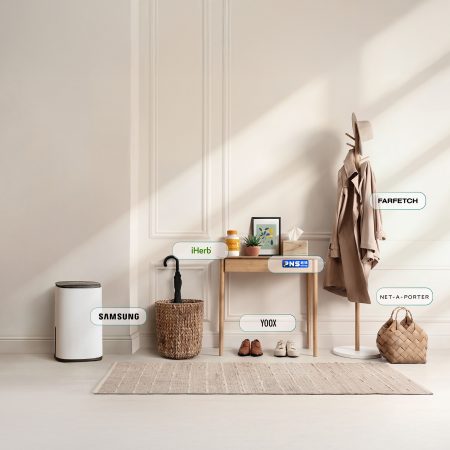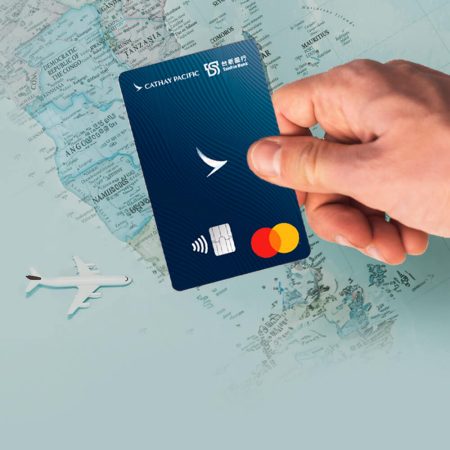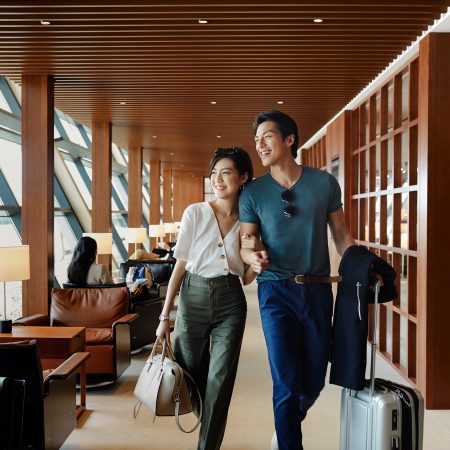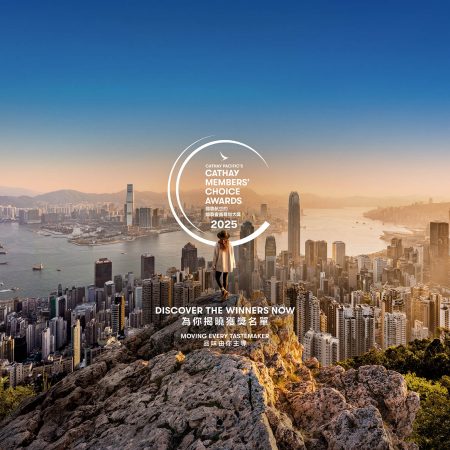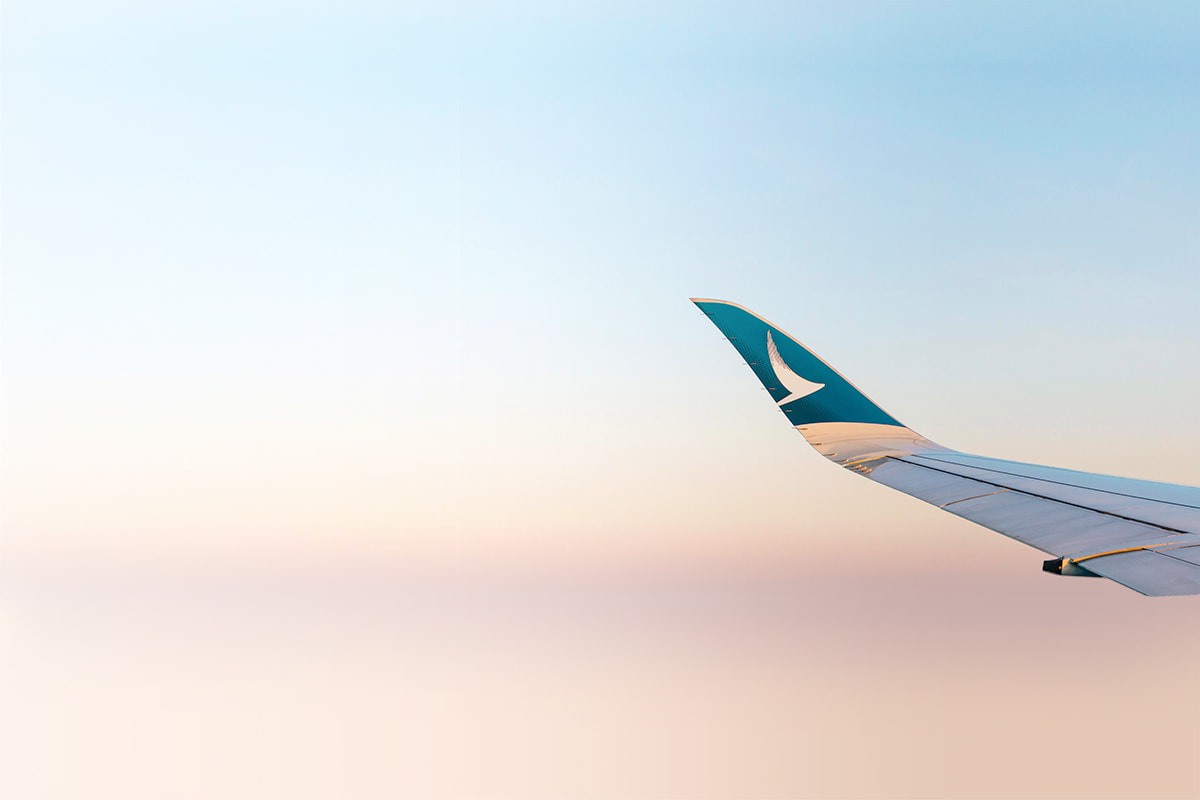How Cathay Pacific is recycling plastic bottles used inflight
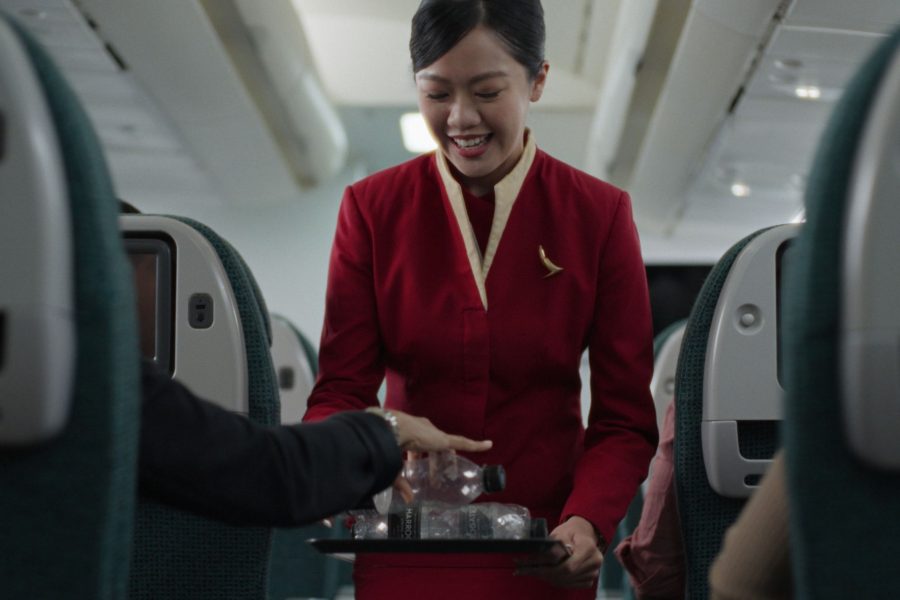
At Cathay Pacific, we’re always striving to improve our sustainability efforts. As part of our ongoing aim to reduce waste generated in the cabin, we’ve initiated a first-of-its-kind plastic bottle recycling partnership with the Airport Authority Hong Kong (AAHK).
Last year, we began collecting single-use plastic water bottles during inbound flights, sorting them at Hong Kong International Airport, then transporting them for processing by New Life Plastics , a local plastic bottle recycling facility jointly established by Swire Coca-Cola, Baguio and Alba.
Since the pilot launch in April 2024, we have collected over 1 million bottles by weight – a figure that’ll continue to rise as we attempt to expand our recycling to outbound flights and embrace a more circular economy model. This means using recycled plastics where possible, then returning used items to the supply chain via recycling or upcycling. By giving wings to waste, we’re trying to waste less but deliver more.
In our new video introducing the new inflight recycling initiative, you meet Minal Jain, a former Cathay Pacific cabin crew member who followed her passion for environmental conservation and took on a new role within our Group Sustainability Department two and a half years ago as our Sustainable Development Manager – Circular Economy. “Reducing plastic waste has been my crusade for years,” she shares. “Back when I was cabin crew, I noticed that there was a lot of inflight waste endemic to aviation, and I knew I had to do something.”

However, finding the most efficient way to collect the bottles for recycling involved careful consideration of passenger and crew needs. The main challenges for crew were the limited space onboard for storing waste and the time needed to segregate recyclables inflight. There were also practical limitations from the passenger side. “We considered asking passengers to place their bottles into designated bags when exiting the aircraft, but that wasn’t feasible considering they might be carrying baggage and rushing to disembark,” says Jain.
“For long-haul flights, we learned that the best time to collect is when passengers are clearing their things and getting ready for landing,” adds Julianna Wong, Cathay Pacific’s Inflight Customer Service Delivery Manager. “For ultra-short-haul flights, a small bottle is served on the meal tray. Our cabin crew can segregate the bottles as they remove the trays during the meal collection.”
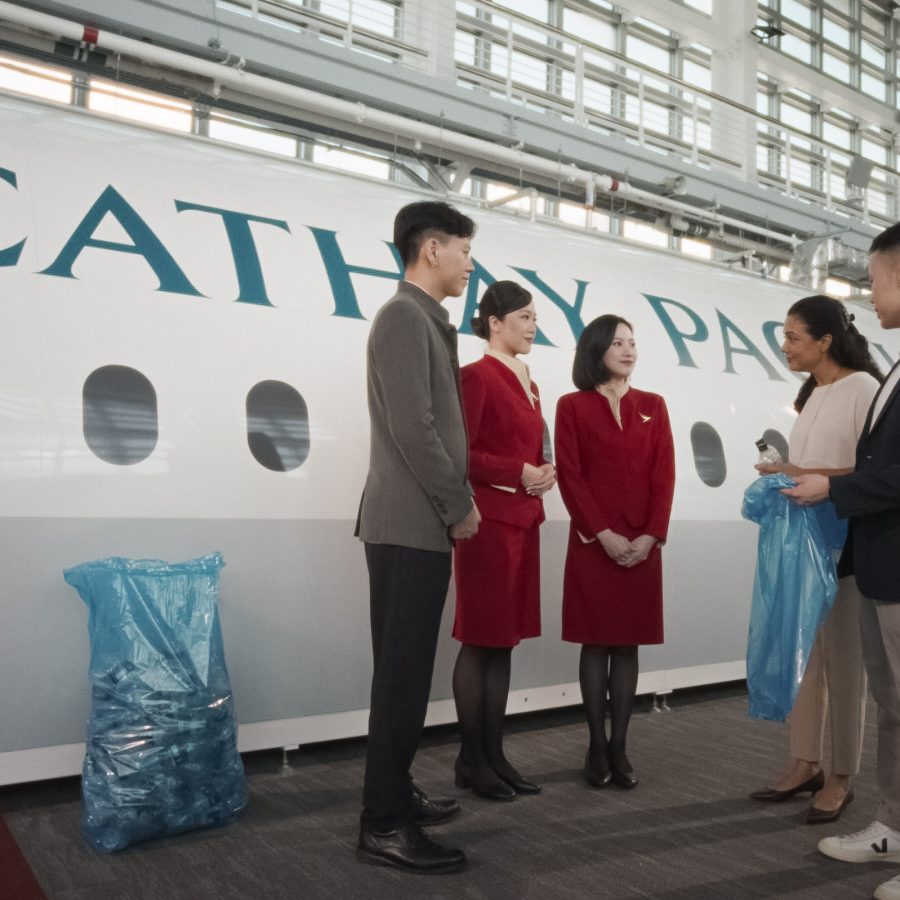
The AAHK supports our initiative by providing us with space at their Airside Waste Station. There, a dedicated team processes bottles that are sent for recycling to New Life Plastics, which produces food-grade-ready plastic flakes that can be used to make new bottles. Water bottles used on Cathay Pacific flights departing from Hong Kong are all made with recycled plastic, including new Bonaqua and Evian label-free bottles we are offering. “We’re exploring technologies to enhance our efficiency and capacity from the current manual process,” says Tommy Wan, the AAHK’s Manager, Sustainability. “Cathay Pacific’s initiative is the first of its kind at Hong Kong International Airport . We aim to extend this to other airlines and promote a circular economy.”
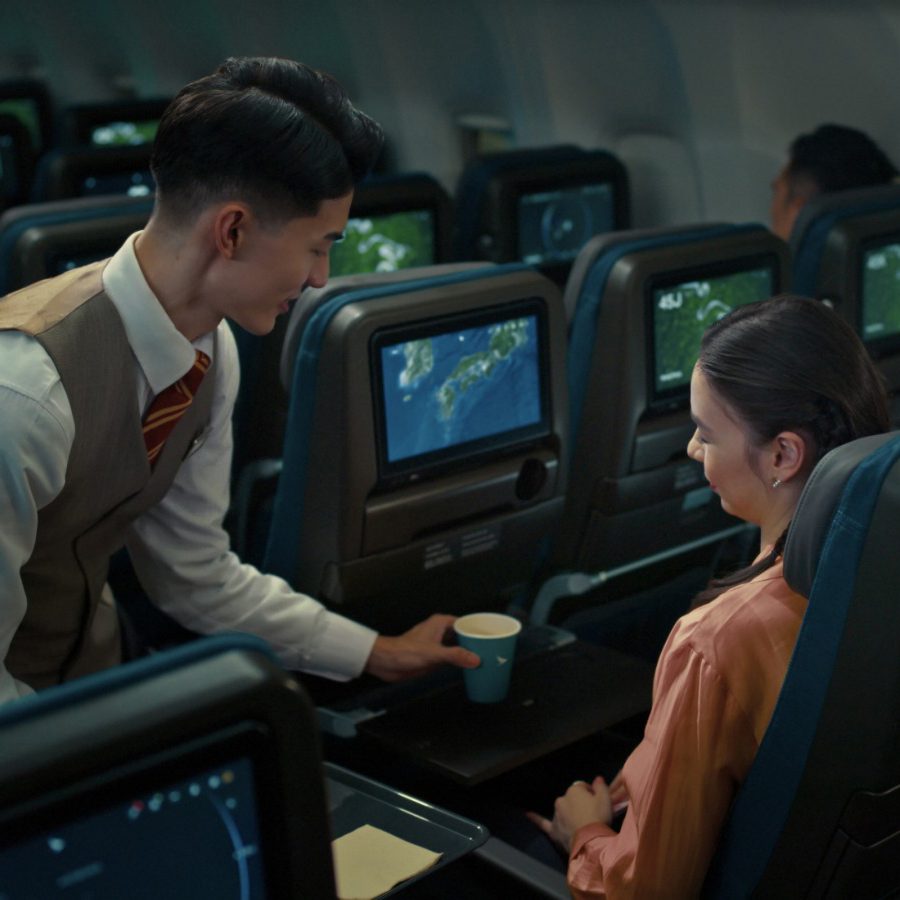

As the initiative evolves, we’ll work with global airport authorities to expand recycling to outbound flights, too. We have a clear target to reduce our remaining passenger-facing single-use plastic items, including other plastic packaging used in flight, to 1.5 pieces per passenger by the end of 2025, as well as a goal to reduce total waste per passenger to 0.63kg by 2030. Our latest recycled-paper-based headset packaging is now gradually rolling out on our flights, a small yet meaningful step as we move towards our targets.
“Plastic is a very versatile product with properties like impermeability, light weight and cheap costs – so removing plastic from the flight or from the world may not be the solution,” Jain says. “But reducing plastic and finding ways to absorb the plastics already floating around in the world by reusing and recycling are steps in the right direction.”
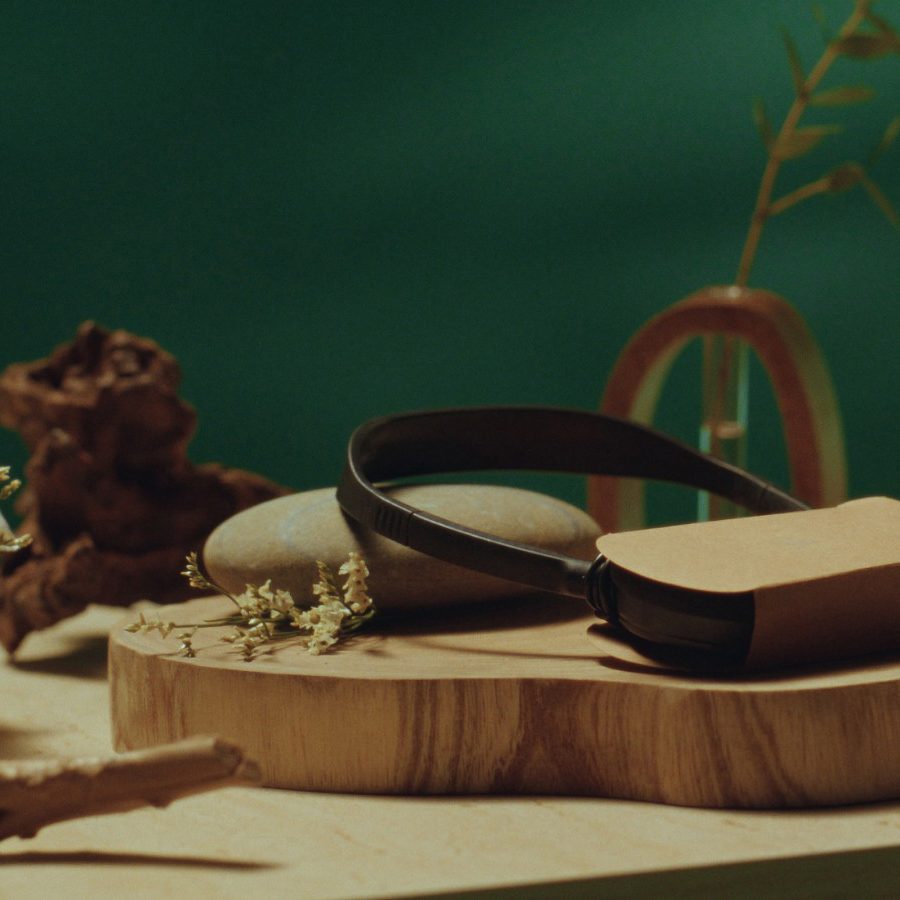
“If we set the precedent, hopefully passengers will get used to recycling on Cathay Pacific flights,” Jain continues. “Then, maybe, this will proliferate to other airlines until it becomes the norm. The response has already been fantastic, from both passengers and crew members.”
So, when the crew come through the cabin towards the end of your flight, pass them your plastic bottle and offer it a chance to gain wings. When we move thoughtfully, we move further together.
This story was originally published in April 2025 and updated in August 2025.
More inspiration
- China – the Chinese Mainland, Hong Kong SAR, Macao SAR and Taiwan Region
- Hong Kong SAR - English
- Chinese Mainland (China) - English
- Taiwan, China - English
- 香港特別行政區 - 繁體中文
- 中国內地 - 简体中文
- 中國台灣 - 繁體中文
- Africa
- South Africa - English
- Asia
- Bangladesh - English
- Korea - English
- Singapore - English
- Cambodia - English
- 한국 - 한국어
- Sri Lanka - English
- India - English
- Malaysia - English
- Thailand - English
- Indonesia - English
- Maldives - English
- ประเทศไทย - ภาษาไทย
- Indonesia - Bahasa Indonesia
- Myanmar - English
- Vietnam - English
- Japan - English
- Nepal - English
- Việt Nam - tiếng Việt
- 日本 - 日本語
- Philippines - English
- Australasia
- Australia - English
- New Zealand - English
